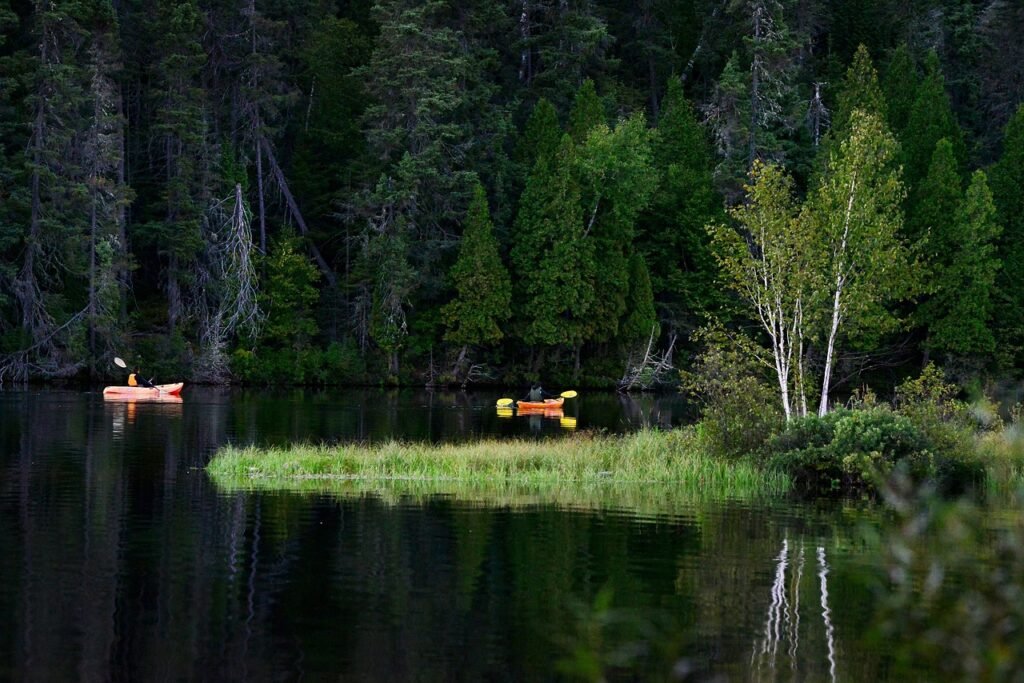Drift fishing is a popular technique among anglers that involves allowing your bait or lure to drift naturally with the current, enticing fish to strike. This method is highly effective in various fishing scenarios, and when combined with the maneuverability and versatility of a kayak, it opens up a whole new world of possibilities. In this article, we will explore the art of kayak drift fishing, its benefits, essential gear, techniques, safety measures, and advanced tips to help you become a successful drift fisherman.
Benefits of Kayak Drift Fishing
Kayak drift fishing offers several advantages over other fishing methods. Firstly, it allows you to cover a larger area of water, increasing your chances of finding fish. Additionally, the stealthy nature of a kayak allows you to approach fish without spooking them, resulting in more bites. Furthermore, the ability to easily change your drift speed and direction gives you precise control over your presentation, making it easier to adapt to changing conditions and maximize your catch.
Essential Gear for Kayak Drift Fishing
Before heading out, it’s important to ensure you have the right gear for a successful kayak drift fishing trip. Here are some essentials:
- A reliable fishing kayak with good stability and maneuverability
- A comfortable and adjustable kayak seat for long hours on the water
- A quality paddle for efficient propulsion and control
- Adequate personal flotation device (PFD) for safety
- A fishing rod and reel suitable for the target species
- Anchoring system to maintain your position when needed
- Tackle box with a variety of lures, baits, and hooks
- Appropriate clothing and accessories for weather protection
Best Techniques for Effective Drift Fishing
Mastering the right techniques is crucial for successful kayak drift fishing. Here are some tips to improve your drift fishing skills:
- Choose the right location: Look for areas with structure, such as drop-offs, submerged rocks, or weed beds, where fish are likely to gather.
- Monitor the current: Understanding the direction and speed of the current will help you plan your drift and present your bait or lure effectively.
- Control your drift speed: Adjust your paddle strokes or use a drift chute to slow down or speed up your drift, depending on the fish’s activity level and the type of presentation you want to achieve.
- Experiment with bait and lures: Vary your bait or lure selection to determine what the fish are actively feeding on. Try different colors, sizes, and presentations to entice more strikes.
- Stay alert and responsive: Continuously monitor your surroundings, including changes in the wind, water temperature, and fish behavior. Be ready to adapt your strategy accordingly.
Safety Measures and Precautions
While kayak drift fishing can be exhilarating, it’s important to prioritize safety. Here are some safety measures and precautions to consider:
- Always wear your PFD and ensure it is properly secured.
- Check the weather forecast before heading out and be aware of any potential hazards.
- Inform someone about your fishing plans, including your intended location and estimated return time.
- Carry essential safety equipment, such as a whistle, signaling devices, and a first aid kit.
- Practice proper kayak self-rescue techniques and familiarize yourself with basic water safety.
Advanced Tips for Successful Kayak Drift Fishing
To take your kayak drift fishing to the next level, consider these advanced tips:
- Utilize electronics: Invest in a fish finder or GPS unit to locate underwater structures and identify fish-holding areas.
- Master the art of casting: Practice accurate casting techniques to place your bait or lure precisely where the fish are.
- Experiment with different drift angles: Alter your drift angle to cover a wider area and increase your chances of finding actively feeding fish.
- Learn to read the water: Pay attention to subtle changes in water movement, ripples, or disturbances that could indicate the presence of fish.
- Network with fellow anglers: Join kayak fishing communities or clubs to learn from experienced drift fishermen and stay updated on the latest techniques and hotspots.
By following these guidelines and continuously honing your skills, you’ll be well on your way to mastering the art of kayak drift fishing. Remember to always prioritize safety and respect the environment as you embark on your thrilling fishing adventures.

